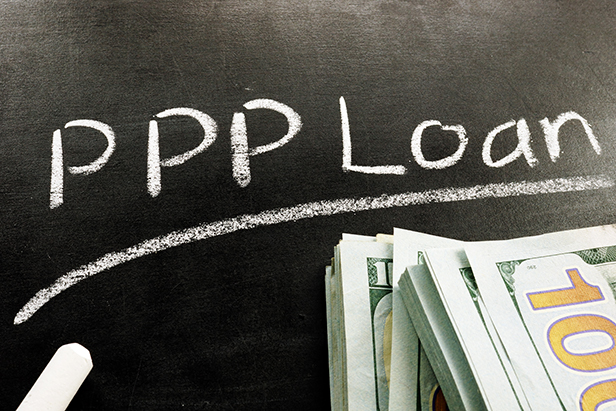News June 30, 2020
As PPP Deadline Passes, More Stimulus Considered
Legislators are considering taking more action to help businesses hurt by the economic havoc caused by COVID-19.
The deadline for applying for loans from the Paycheck Protection Program (PPP) has come, but legislators are working on another economic stimulus package for American businesses struggling amid the ongoing coronavirus pandemic – and considering PPP loan forgiveness terms that many business owners would likely welcome.

When the PPP application phase concludes at midnight July 1, the program will have provided more than $518 billion in forgivable loans to more than 4.7 million U.S. businesses. There remains about $125 billion in available PPP funding, and legislators on both the Republican and Democratic sides of the aisle are reportedly looking to put that money to use.
For one thing, lawmakers in the Senate are considering the Prioritized Paycheck Protection Program Act, or P4. It would extend the application deadline for applying for PPP loans to Dec. 30 or longer. Only businesses that have already received PPP money would be allowed to apply for the additional funding.
Publicly traded companies wouldn’t be able to apply. And there would be other stricter rules on eligibility aimed at ensuring that companies who need the funding most receive it – requirements like only companies with 100 employees or fewer can qualify, down from the original 500-employee threshold. The House of Representatives is considering a companion bill.
“We need to be focused on keeping as many businesses viable as possible so as the economy reopens — we can see that’s already going to happen in fits and starts — that they are able to start to regrow and repurpose themselves,” John Arensmeyer, chief executive of advocacy group Small Business Majority, told The Wall Street Journal.
It’s unclear when the P4 or a similar small business stimulus bill might be voted on. Even so, aides for Republican Sen. Marco Rubio of Florida told the WSJ that a bipartisan task force is currently working toward consensus on a final agreement to implement the next step to support small businesses. Rubio is chairman of the Senate’s small-business committee.
Meanwhile, media outlets were also reporting that Republican Sen. Kevin Cramer of North Dakota and Democratic Sen. Kyrsten Sinema of Arizona are planning legislation that would forgive all PPP loans already issued, as long as the loan amounts are under $150,000. The legislators picked that dollar figure because it would cover 85% of all PPP loans, but only a little more than a quarter (26%) of the program’s total allocated funds.
Back on the P4 proposal: Inc. noted that the House and Senate still have to iron out the particulars, but also said that some terms companies interested in obtaining P4 funds could expect might include:
- Companies need to demonstrate that the pandemic caused revenue loss of 50% or more. It’s unclear over what period businesses would need to show the loss. Under the original version of the PPP, companies needed to show only that they expected to be harmed by the pandemic.
- The lesser of $25 billion or 20% of P4 funds would be earmarked for businesses with 10 or fewer employees, as well as for small businesses in underserved and rural communities.
- The Small Business Administration, which administers the PPP, would be directed to issue new guidance, giving priority to businesses with 10 or fewer employees. The agency must also request demographic information of P4 and PPP loan recipients.
- Eligible small businesses could access as much as 250% of monthly payroll costs worth up to $2 million. Hospitality and lodging businesses with multiple locations would be limited to an aggregate loan amount of $2 million. The original PPP offered loans of up to $10 million.
- P4 recipients could apply for loan forgiveness as soon as eight weeks after the loan disbursement.
The PPP launched on April 3, as part of the $2.2 trillion CARES Act. By April 16, the initial $349 billion PPP funding was gone, scooped up by businesses negatively impacted by shutdown orders related to the coronavirus pandemic. Congress approved a second $310 billion round of funding on April 27. In June, lawmakers updated the program to allow more flexibility in how the funds can be used.
